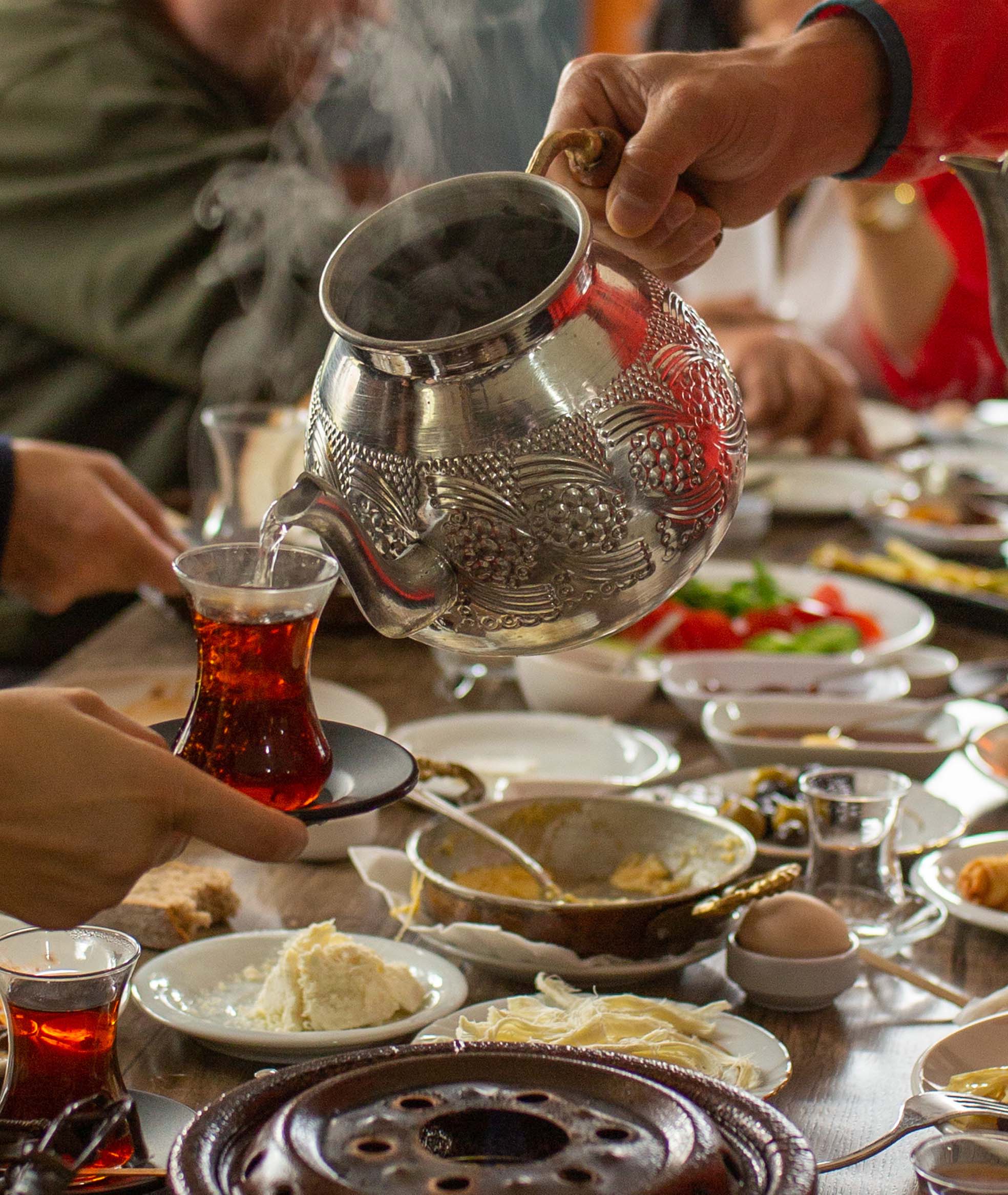
The Story of the Tulip Glass: More Than Just a Tea Cup
The Story of the Tulip Glass: More Than Just a Tea Cup
In Türkiye, tea isn’t just something we drink—it’s a part of who we are. It’s what we offer guests, share with friends, and sip during quiet moments. But it’s not just the tea itself that carries meaning. The way we serve it matters too.
That small, elegant tulip-shaped glass—known as ince belli, or “slim-waisted”—is more than just a pretty cup. It’s a piece of cultural heritage, with roots stretching all the way back to the Ottoman Empire.
Let’s take a closer look at the story behind the tulip glass, and why it still holds such a special place in Turkish hearts.
From Gardens to Glasses: The Legacy of the Tulip
Believe it or not, the tulip didn’t originate in the Netherlands—it came from Central Asia and found its way to Anatolia during the Ottoman era. The Ottomans adored this elegant flower. It became a symbol of beauty, love, and refined taste.
The Tulip Era (1718–1730) was a short but iconic period in Ottoman history when life at the palace was all about art, poetry, and lavish gardens full of tulips. The flower symbolized grace and the fleeting nature of life. It showed up everywhere—from tiles and fabrics to architecture.
Today, tulips still show up in Turkish design—on ceramics, carpets, jewelry, and even in city parks, like during Istanbul’s annual Tulip Festival.
Why the Tea Glass Looks Like a Tulip
So what does all this have to do with tea?
The tulip-shaped glass we use today is a subtle nod to that era—a blend of beauty, function, and tradition. Here’s why it works so well:
-
Easy to Hold: The slim waist fits perfectly in your hand.
-
Keeps Tea Warm (But Not Too Hot): The narrow bottom holds the heat, while the wide rim lets the tea cool just enough to sip.
-
Seasonal Comfort: In winter, you warm your hands on the bottom. In summer, you hold it from the top to avoid the heat.
-
Showcases the Color: Turkish tea has a rich, coppery color. The clear glass lets you admire it.
-
Affordable & Practical: Unlike expensive European tea sets, this glass was simple and accessible—no handles, no frills, just pure functionality.
-
Elegant by Nature: The shape quietly honors Ottoman aesthetics, even in the middle of an everyday tea break.
A Small Glass With a Big Role
In Türkiye, tea is always around. At home, in the office, at the corner shop or on a ferry crossing the Bosphorus—you’re bound to be offered a glass. And not just any glass—a tulip-shaped one.
It turns a simple moment into something shared. A tiny gesture of hospitality, beauty, and connection.
Why We Still Love It
Time moves on. Mugs, paper cups, and fancy double-walled glasses are everywhere. But the tulip glass? It stays.
It’s not just about nostalgia—it’s about identity. It’s about holding a piece of tradition in your hand and feeling, even for a moment, a sense of belonging.
Next Time You Sip...
...notice the shape of the glass. Feel the warmth. See the color. You’re not just drinking tea—you’re part of a story that’s been steeping for centuries.
Cheers to that.



Leave a comment
This site is protected by hCaptcha and the hCaptcha Privacy Policy and Terms of Service apply.